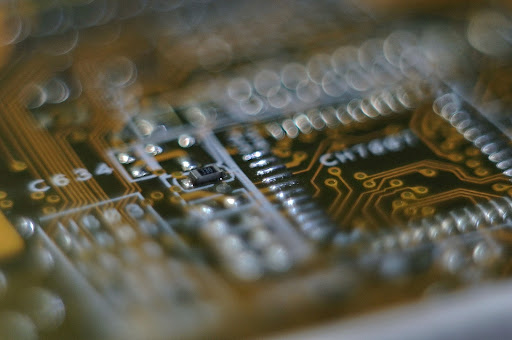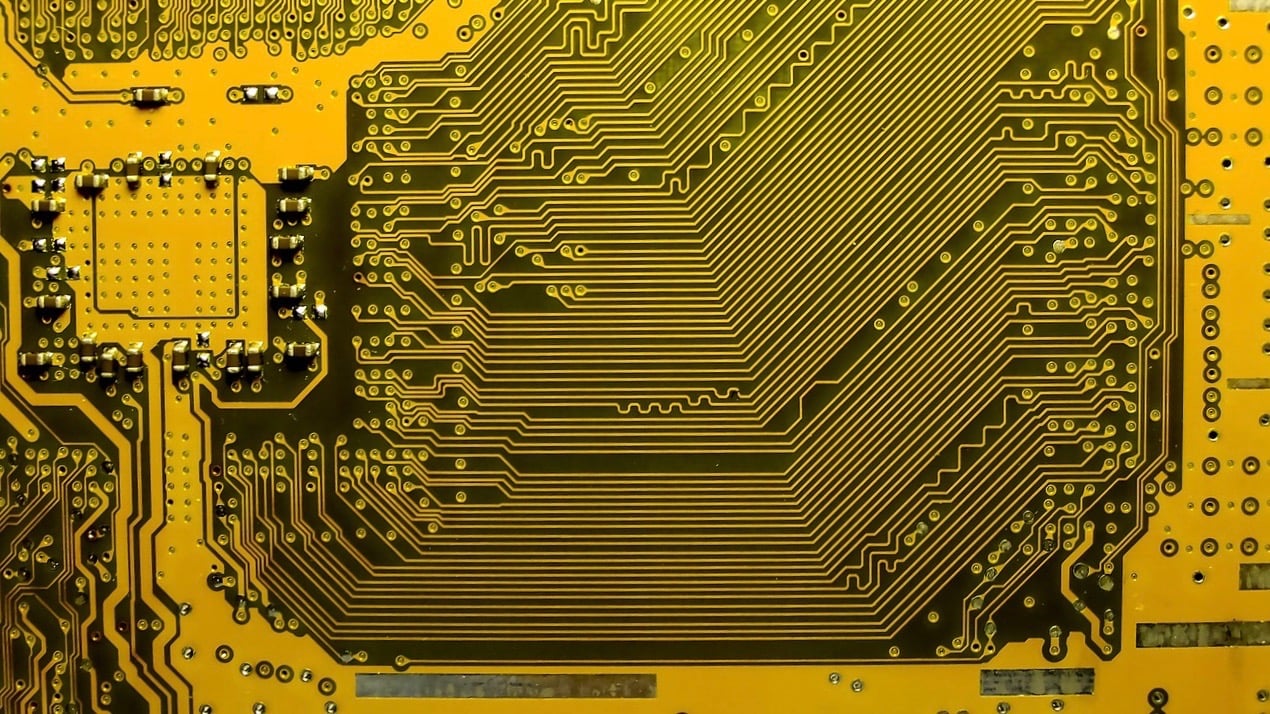The electronics manufacturing services (EMS) market grew to more than $500 billion in 2022 and is forecast to grow at 5% CAGR through 2032. With an increasing demand for smart devices, electric vehicles, connected medical devices, and alternative energy solutions, concern over uncertain supply chains continues.
As growth and consumer demand slow in other areas in light of an uncertain economy, there’s generally more concern about electronic component sourcing for high-demand sectors than the supply chain in general. Increased capacity and easing demand for freight and ocean shipping have significantly lowered prices.
Here are some of the other key things industry analysts expect to see in 2023.
Supply Chains Easing
There appears to be rising confidence that supply chains are returning to normal. 65% of executives surveyed by KPMG LLP and the Global Semiconductor Alliance (GSA) believe electronics parts shortages will ease up in 2023. Just 20% of those surveyed said they think the shortage will last into 2024.
Nearly a quarter of executives already believe there is already an excess of semiconductor inventory, with another third expecting excess supply during 2023.
Keep in mind, however, that most analysts anticipated an end to supply chain shortages in the latter half of 2023, which failed to materialize in most sectors.
Improved Pricing from Suppliers
As we begin to see a more normalized marketplace, expect to see the pricing of components begin to stabilize as well.
As many manufacturers adopted a hybrid approach using a wider variety of sources beyond their typical authorized suppliers over the past few years, they have more options for sourcing components. This can create additional pressure on supply chain pricing, driving prices lower. However, due to record high pricing levels in early 2022, prices may still remain higher than in years past.
Uneven Lead Times
It may still be challenging to accurately forecast lead times. While certain segments will see more normal lead times — notably semiconductors and EV manufacturers — other industry segments will continue to experience supply chain challenges.
For lower-profile customer segments, anticipate longer lead times for key components to ensure you have an adequate supply in case of unexpected electronics parts shortages.
Manufacturers should still hedge their bets by looking for new component sourcing solutions to weather any instability in delivery times.
Shifting Demand
Shifting demand will also impact electronic component availability. Decreased demand is forecast in 2023 for:
- Capacitors and resistors
- Memory
- Passives
- Interconnects
- Wireless and RF parts
Still, current shortages are expected to continue with:
- Programmable logic devices
- MCUs
- Analog parts
Nearly 80% of design engineers said component availability is of greater concern than current market conditions.
Decreased Shipping and Freight Costs
Port backups have eased, and ocean freight rates are getting closer to pre-pandemic levels. After record levels, significant drops in rates in Q3 and Q4 in 2022 have provided some much-needed relief in shipping costs.
Here’s how much things have changed. In January 2022, more than 100 container ships were waiting to unload at the ports of Los Angeles and Long Beach. In 2023, there are less than a handful. The cost of shipping a 40-foot container has dropped 93% from its peak.
There is also an increase in shipping capacity as carriers are launching new vessels starting in Q2 2023, expecting to increase fleet capacity by nearly 30%.
Trucking freight rates are also in decline. After two years of record-high prices, spot rates continue a downward decline that started in mid-2022. Capacity concerns have eased and many in the freight industry are offering lower contract rates to avoid what’s been called a freight recession.
Economic Concerns and Global Instability
There is still reason to be cautious, however. Economic concerns and threats of a global recession can impact every stage of the supply chain. If demand slows as anticipated, this could result in even lower shipping costs but also might impact the availability of components as manufacturers scale back.
Increased tensions between the U.S. and China could also upend traditional manufacturing supplies. Global instability has already impacted cooperation across several markets and forced manufacturers to look for alternate sourcing options, including onshoring and nearshoring.
Analysts also remain concerned about the increasing level of cyber-criminal activity that is targeting supply chains.
Planning for 2023
Even as supply chain concerns ease, other factors are shaping 2023. Changing consumer and customer demand, economic uncertainty, and global instability are still at play. OEMs and other manufacturers should take proactive steps to make sure they have the electronic components they need.
Strategies include:
- Confirm sourcing earlier in the production process
- Keep higher inventory levels for most at-risk components
- Proactively identify potential replacements for at-risk components, including revising design thinking
- Anticipate delays in supply chains to avoid parts shortages
Many manufacturers are shifting their Just-in-Time (JIT) to Just-in-Case (JIC) strategies. While this can tie up extra capital by maintaining higher stock levels for key components, it helps prevent significant disruption just in case supply chain disruptions for essential parts occur.
The best strategy will continue to be working with a partner that stocks, sources, and distributes electronic components and hardware with authorized and direct lines to the industry’s largest suppliers, carry their own in-stock inventory, and provides extensive sourcing options for finding the electronic components you need.
Sensible Micro Corporation is an industry leader in electronic component distribution and supply chain solutions. Let the experts at Sensible Micro Corporation help you navigate supply chains in 2023. Request a Quote today.



















